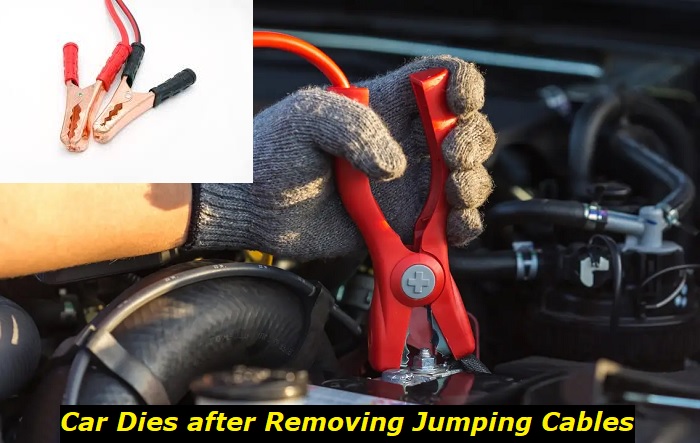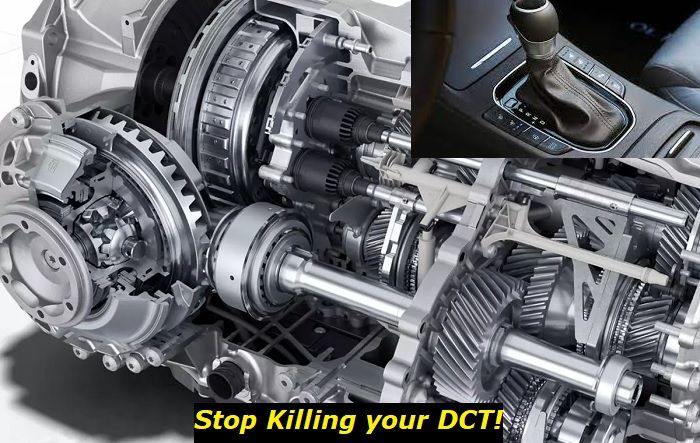If your vehicle doesn't start, the most natural way to address this is to use jumper cables to jump the battery. Exactly the weak battery is most often the culprit of the no-start problem in your vehicle. It doesn't mean that this trick will help in 100% of cases, but it's absolutely worth knowing how to jump-start a car.
Electrical power supply problems highlights
- DIY repairs:possible (sometimes)
- Tools needed:electrical tools,basiccar repair tools
- Commonreasons:battery or alternator problems, wiring issues, power distribution problems
- Time to repair:2 - 5 hours
- Price for parts:$10 - $350
- Can you drive?In most cases, no
- Alternative solutions:jumping, roadside assistance

Are you using the jumper cables correctly?
First of all, you need to make sure that you are doing everything correctly. If you make a mistake in connecting the jumper cables, most likely, nothing will happen and the dead car will just not start. But things can vary.
So, here's how you jump-start a car:
- Connect the red cable to the positive terminal of the dead car's battery and the other end - to the positive terminal of the donor car's battery.
- Then, connect the black cable to the donor car's battery negative terminal. The other end of the black cable you should connect to the engine block (any unpainted part).
- After that, start the donor car and let it idle for several minutes. This will help your dead battery get the initial charge.
- Then, you may try starting the dead car. It may be quite hard to do, so you will need to wait some more time. But, in most cases, it will start.
- After that, you will need to disconnect the black cable first, then the red cable.
This is how you jump-start a car. It's not that hard to do, so just remember what you should connect and what order is only appropriate for this task. If you do something wrong, the dead car may die again once you disconnect the donor vehicle. You shouldn't connect the negative cable directly to the negative terminal of the dead car as it may cause serious damage to both vehicles.
Why can your car die when you disconnect the jumper cables?
To understand the reason, you need to know how the electrical system of the car usually works. When you are trying to start the engine, the vehicle uses the 12V battery to crank the machine. If the 12V battery is dead, the cranking is impossible because you will need quite a lot of power for this.
After the engine starts, the vehicle immediately turns to the alternator for power supply. The battery doesn't work to supply the car with electricity anymore. So, if your engine is already working, the bad battery shouldn't be the reason for stalling.
Here's what usually happens if the engine stalls when the jumper cables are disconnected:
- the alternator is most likely dead or not working properly;
- because of this, the car uses the battery to get the needed power for ignition coils, ECU, and other units;
- when you disconnect the working battery of the donor vehicle, the dead car dies because it loses the source of power;
- your 12V battery is dead and drained because the alternator hasn't been working for some time;
- this means that you will not be able to start the car unless you jump it again.
So, this is how it works. Yes, your battery is dead, but the original problem is not in the battery. It's in the alternator or in the alternator wiring. This means you will need to have your vehicle inspected and then repaired.
Although this is a pretty easy DIY inspection, after you learn that the alternator is faulty, you shouldn't hope to repair the vehicle on your own. This will require special tools and knowledge, so you better show your vehicle to a professional mechanic.
Final thoughts
If your car stalls when you disconnect the jumper cables, you should not blame the dead battery for this. In most cases, the alternator is the culprit because it should take over all the power supply work in your vehicle after the engine is started. If this doesn't happen, then, the alternator is not doing its job and most likely, it has drained your battery and that's why it's dead now.
About the authors
The CarAraC research team is composed of seasoned auto mechanics and automotive industry professionals, including individuals with advanced degrees and certifications in their field. Our team members boast prestigious credentials, reflecting their extensive knowledge and skills. These qualifications include: IMI: Institute of the Motor Industry, ASE-Certified Master Automobile Technicians; Coventry University, Graduate of MA in Automotive Journalism; Politecnico di Torino, Italy, MS Automotive Engineering; Ss. Cyril and Methodius University in Skopje, Mechanical University in Skopje; TOC Automotive College; DHA Suffa University, Department of Mechanical Engineering






Add comment